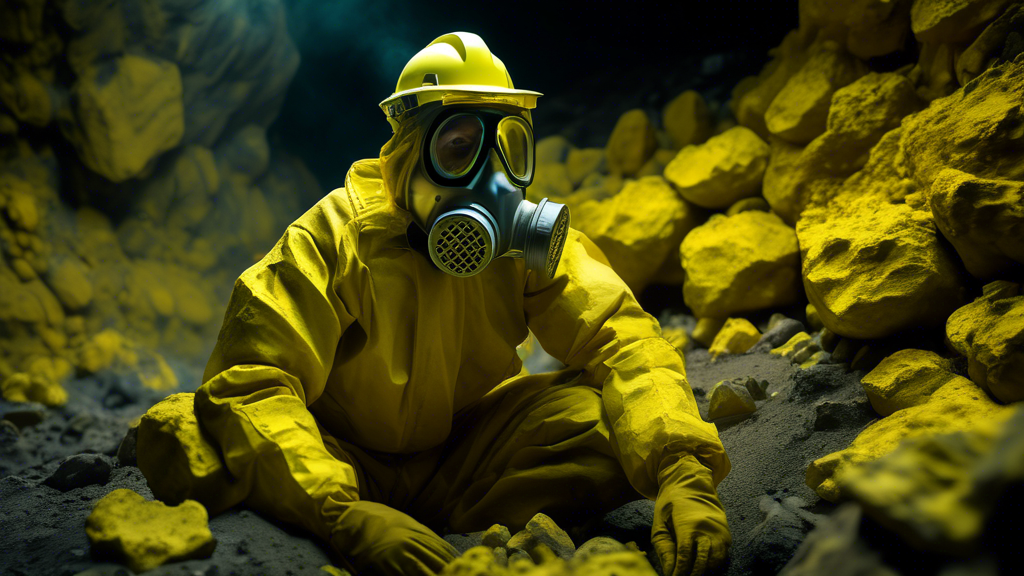Table of Contents Show
Uranium mining is a complex process that involves extracting uranium ore from the ground. While uranium provides a valuable energy source, it also presents potential health and environmental risks. To mitigate these risks, stringent safety protocols are implemented throughout every stage of the mining process. These protocols aim to protect workers, communities, and the environment from the hazards associated with uranium mining.
Occupational Health Hazards and Safety Measures
Uranium miners face several potential occupational health hazards, including:
- Radiation Exposure: Exposure to radon gas, a radioactive decay product of uranium, is a primary concern. Miners wear personal dosimeters to monitor radiation levels and are trained to work in ways that minimize exposure.
- Respiratory Hazards: Dust generated during mining operations can contain radioactive particles and heavy metals. Proper ventilation systems and the use of respirators help control dust exposure and protect miners’ lungs.
- Chemical Hazards: Various chemicals used in the extraction process, such as sulfuric acid and solvents, can pose health risks. Strict handling procedures, personal protective equipment (PPE), and engineering controls are implemented to minimize chemical exposure.
- Physical Hazards: Mining environments present physical hazards like heavy machinery, falling rocks, and confined spaces. Safety protocols include equipment inspections, ground control measures, and confined space entry procedures.
Environmental Protection Measures
Uranium mining operations can impact the environment if not managed responsibly. Key environmental protection measures include:
- Water Management: Preventing contamination of surface and groundwater is crucial. Wastewater treatment plants, tailings management facilities, and monitoring programs are employed to protect water resources.
- Land Reclamation: After mining operations cease, the land is reclaimed and restored to a stable and productive state. This involves recontouring the land, replacing topsoil, and establishing vegetation.
- Radiological Monitoring: Regular monitoring of air, water, and soil is conducted to ensure that radiation levels remain within safe limits and that any potential releases are detected and addressed promptly.
Community Engagement and Transparency
Open communication and engagement with local communities are essential aspects of responsible uranium mining. Mining companies strive to:
- Provide Information: Share information about mining activities, potential risks, and safety measures with communities.
- Address Concerns: Listen to community concerns and work collaboratively to address them.
- Support Local Development: Contribute to the socio-economic development of communities through employment opportunities, infrastructure improvements, and community investment projects.
Regulatory Oversight
Government agencies play a crucial role in ensuring the safety of uranium mining. They establish and enforce regulations related to:
- Radiation Protection: Setting limits on radiation exposure for workers and the public.
- Environmental Protection: Establishing standards for water quality, air quality, and land reclamation.
- Worker Safety: Implementing regulations to prevent occupational accidents and injuries.
Continuous Improvement
Safety protocols in uranium mining are continuously reviewed and improved as new technologies and best practices emerge. The industry remains committed to upholding the highest safety standards to protect workers, communities, and the environment throughout the entire mining process.









